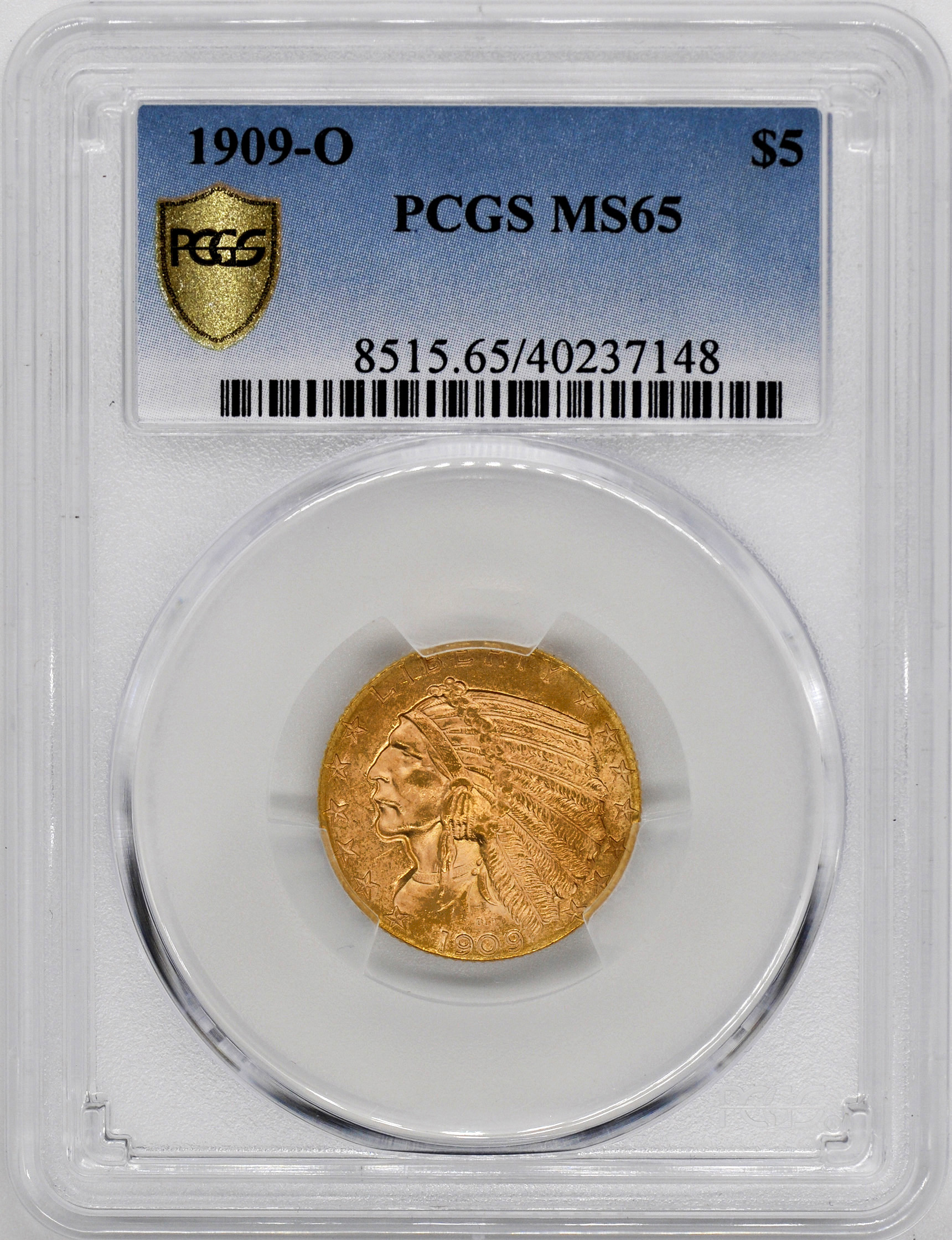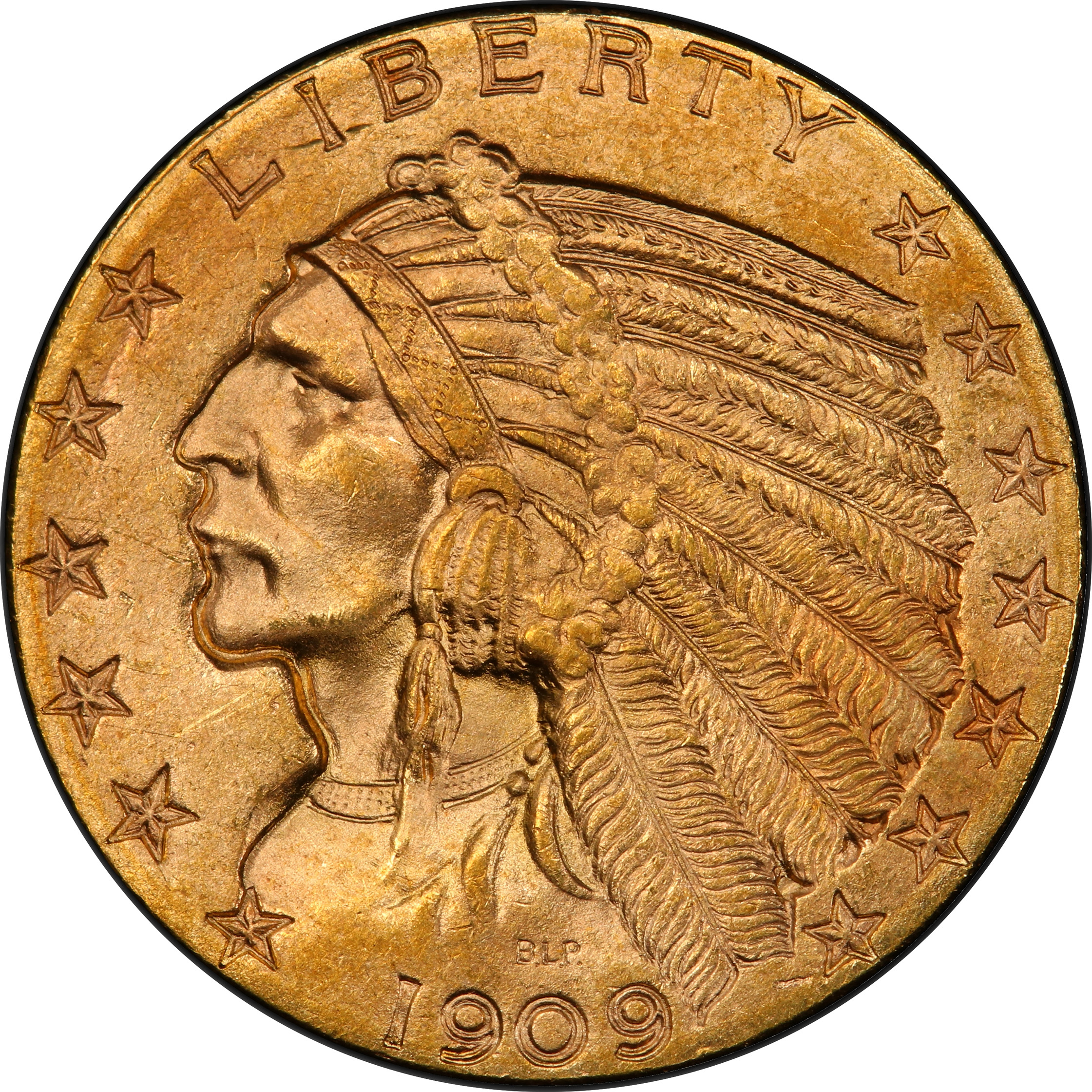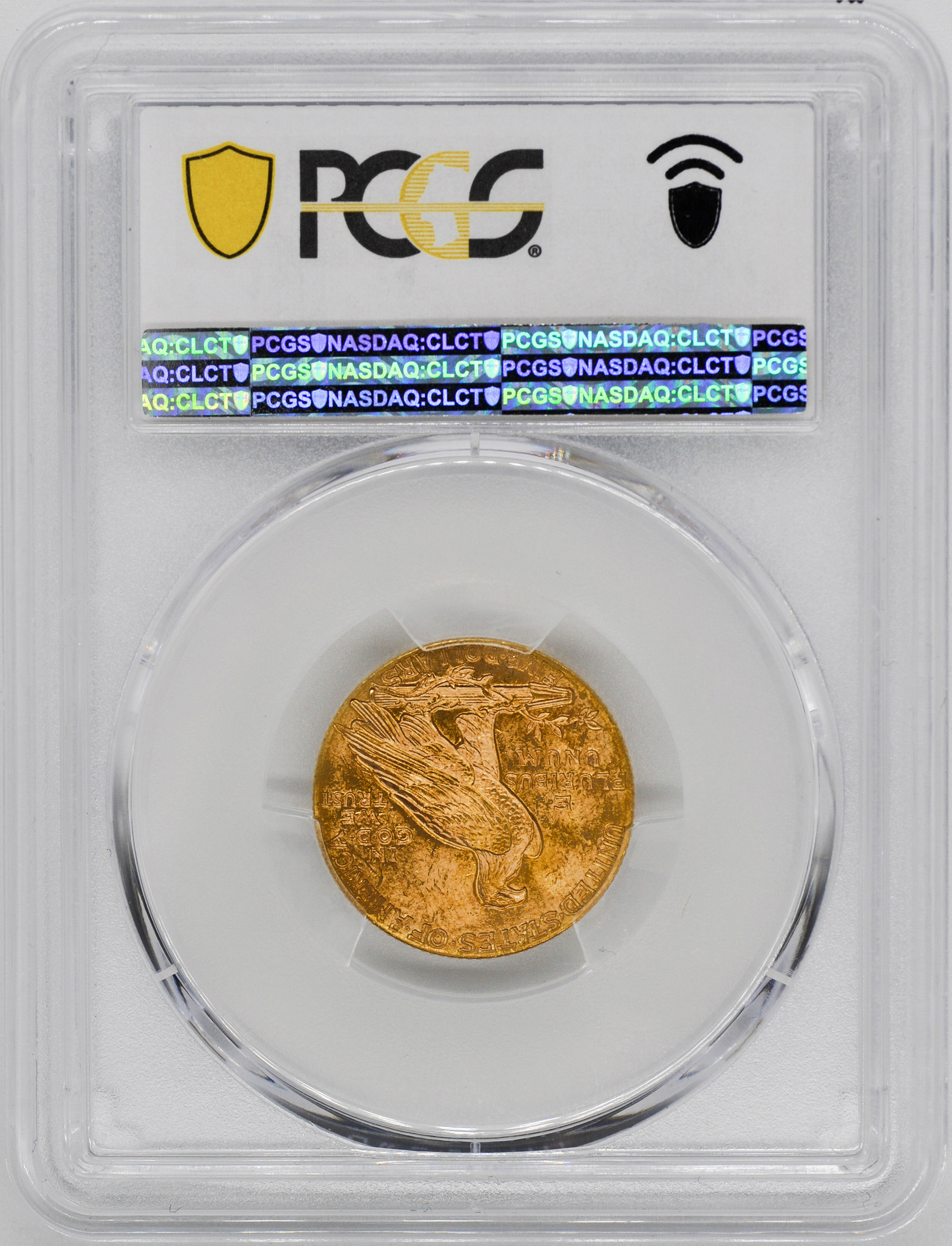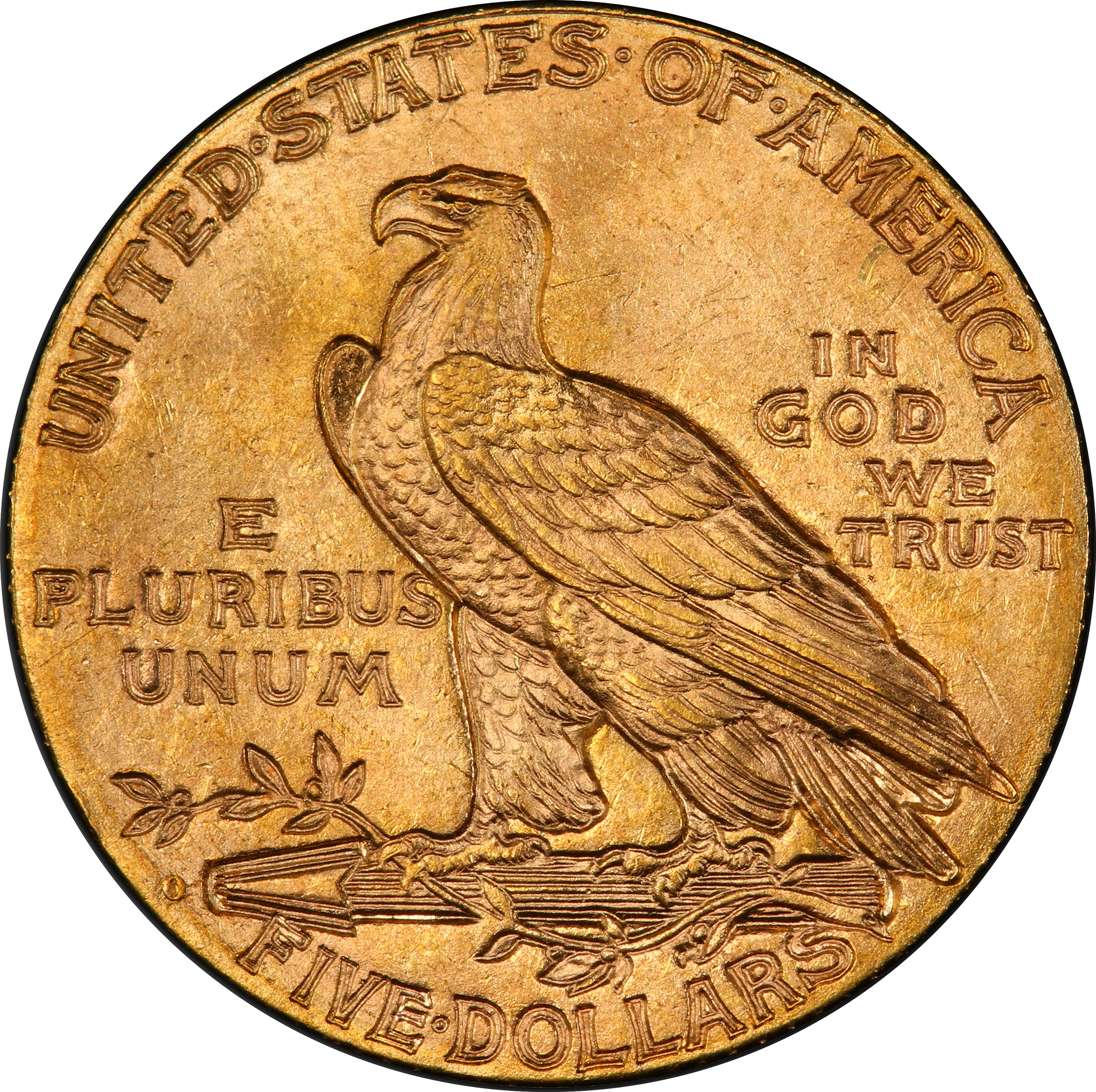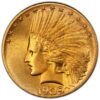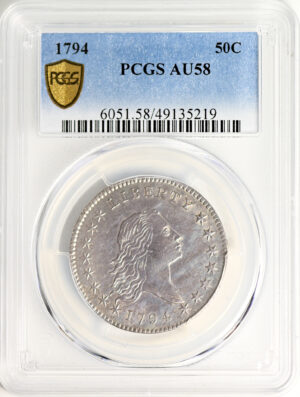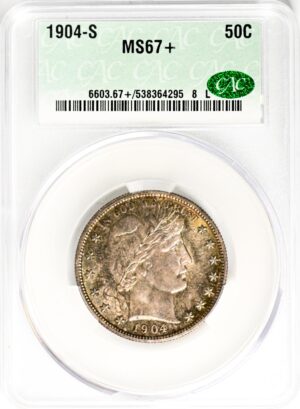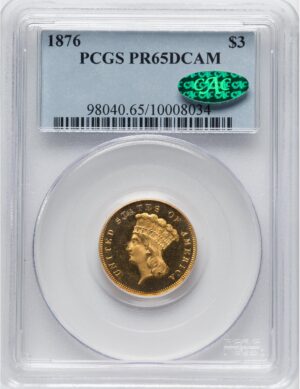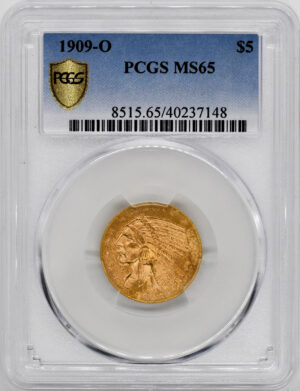In 1909, the United States stood at a crossroads of tradition and modernity, a theme encapsulated by the presidency of William Howard Taft, the daring expedition of Robert E. Peary to the North Pole, and the revolutionary industrial advancements led by Henry Ford. Taft, taking office after the dynamic and robust presidency of Theodore Roosevelt, chose a path that emphasized judicial prudence and constitutional adherence over the vigorous executive action that had characterized his predecessor’s tenure. His administration sought to consolidate the progressive reforms initiated by Roosevelt, aiming to ensure that such changes were firmly rooted in the nation’s legal framework and societal ethos. This approach, while less flamboyant, underscored a commitment to governance grounded in the principles of law and order, reflecting the evolving complexities of American democracy. Simultaneously, the spirit of exploration and the quest for human achievement were vividly illustrated by Peary’s North Pole expedition. Despite controversies surrounding the veracity of his claim, Peary’s venture into the unknown captured the imagination of a nation and the world, symbolizing the unyielding human desire to explore and conquer the frontiers of the natural world. This endeavor, set against the backdrop of a rapidly industrializing society, highlighted the juxtaposition of mankind’s primal exploratory instincts with the march of technological progress. The transformative impact of technology on society was nowhere more evident than in Henry Ford’s introduction of the Model T and the implementation of assembly line production techniques. This innovation not only democratized automobile ownership, making it accessible to the American middle class but also revolutionized industrial manufacturing. Ford’s approach to production efficiency and worker compensation, including the introduction of the $5 workday, marked a significant evolution in labor relations and industrial productivity. The cumulative effect of these developments in 1909—a year of political, exploratory, and industrial milestones—reflected a nation in transition, grappling with the challenges of governance, the allure of the unknown, and the transformative power of technology.
“1915 INDIAN HEAD $5 PR67” has been added to your cart. View cart
Rare Coins and Certified Coins
1909-O INDIAN HEAD $5 MS65
$715,000.00
& Free ShippingCoin Description
THE KING OF THE $5 INDIAN SERIES. JUST TWO COINS GRADED HIGHER.
The 1909-O is the first New Orleans Mint Half Eagle delivered since 1894, and it is the final gold coin struck in this Southern coinage facility. Additionally, it is the only 20th century gold issue of any denomination to bear the distinct O mintmark, and it is the only New Orleans Mint delivery in the Indian Half Eagle series. Finally, the ’09-O is the premier absolute rarity of its type with an original mintage of a mere 34,200 pieces. Even in basal Mint State grades, the 1909-O can be extremely challenging to locate, and the handful of Gems extant are among the rarest gold coins ever produced by the United States Mint.
Specifications
| Grading Service: | PCGS | SKU: | 133074 |
| Grade: | MS 65 | Cert Number: | 40237148 |
| Census*: | 2/2 | CU Price Guide*: | $715,000.00 |
*Source: PCGS Price Guide. Although we try to be as accurate as possible on the listed population, third party pricing and coin information, information constantly changes. We suggest you verify all information.
- No-Risk Money Back Guarantee!
- No Hassle Refunds
- Secure Payments
Related products
-
Rated 0 out of 5
1804 DRAPED BUST 1C MS55 Brown
$209,000.00 Add to cart Rare Coins and Certified Coins -
Rated 0 out of 5
1876 INDIAN PRINCESS $3 PR65 Deep Cameo
$214,500.00 Add to cart Rare Coins and Certified Coins

